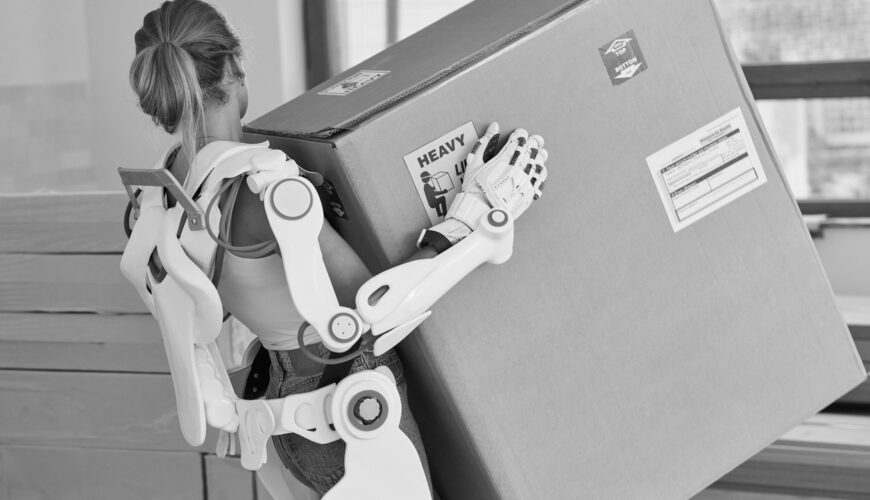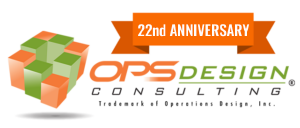One of the toughest aspects about attracting labor to the warehouse is the wear and tear on a body. Companies often look for the obvious safety hazards that might lead to slips, falls and the like, but sometimes forget about mitigating ergonomic hazards. Now, a new crop of exoskeletons is providing relief to workers, and potentially helping employers keep staff on the job longer.
Exoskeletons are external frames that support and enhance the movement required for common, repetitive manual material handling. They are lightweight and designed to minimize overtaxing the body when lifting, bending, pulling, and carrying heavy loads. The designs vary from one exoskeleton company to the next, but they generally involve either a set of motors and batteries, or a set of springs or elastics to support a worker’s movements. Some are one-size-fits-all with modular components that can be adjusted for fit, while others come in a full range of sizes, from extra small to extra-large. There’s a brief learning curve to adapt to the tools, but once that’s complete, makers say an ROI can be achieved in as little as six months. The biggest argument for considering the technology is mitigating the labor shortage. Healthier employees will stick around longer, and exoskeletons are one way to keep them in top form.


